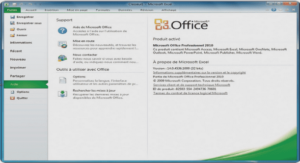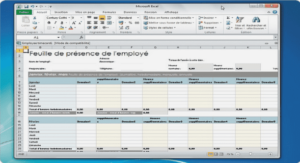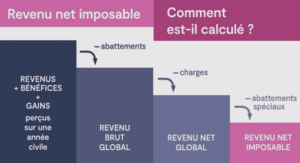A motion planning algorithm for the rolling-body problem
In recent years, nonholonomic systems have attracted much attention due to the theore- tical questions raised for their motion planning and to their importance in numerous applica- tions (cf. [69, 75] and references therein). In particular, the planning of robotic manipulators for achieving high operational capability with low constructive complexity is a major issue for the control community in the last decade. Nonholonomy is exploited for the design of such manipulators but ensuring both hardware reduction and controllability performances yields serious difficulties, requiring more elaborate analysis and efficient algorithm. The rolling-body problem illustrates well all the aforementioned aspects. so that the relative speed of the contact point is zero (no slipping) and the relative angular velocity has zero component along the common normal direction at the contact point (no spinning). It is intuitively clear that five parameters are needed to describe the state of Σ : two for parameterizing the contact point as element of S are not isometric. Marigo and Bicchi (cf. [69]) provided geometric descriptions for the possible reachable sets. One of the main conclusions of these works will be instrumental for us and goes as follows : the control system Σ is locally controllable at a point q ∈ Q if K problem, most of the attention focused on the rolling of a convex surface S on a flat one, due to the fact that the latter models dexterous robotic manipulation of a convex object by means of a robotic hand with as few as three motors and flat finger, see [69, 75] and references therein. Moreover, in [69], several prototype dexterous grippers are exhibited. Recall that the MPP is the problem of finding a procedure that, for every pair (p, q) of the state space of a control system Σ, effectively produces a control ugiving rise to an admissible trajectory steering p to q. Note that in the category of rolling-body problem, even the simplest model, the so-called plate-ball system (a sphere rolling on the plane), does not allow any chained- form transformation and is not a flat system. We can hierarchize this category of problems as follows according to increasing level of difficulty .
there exists essentially one family of methods commonly called geometric phase methods based on the Gauss-Bonnet Theorem in differential geometry and initiated by Li and Canny. In [66], Li and Canny proposed a first general framework for solving L1-1. They devised an ingenious algorithm solving efficiently the MPP of plate-ball problem. However, their method cannot be directly applied to more general convex surfaces S since explicit computation of the integral of the Gaussian curvature over a bounded region on S is in general not available. In the spirit of [66], Bicchi and Marigo proposed in [15] an approximate motion planning algorithm solving L1-1 and L1-2 for general convex body S lattice structure on the state space, they translated Li-Canny’s global and exact computation into a series of local and approximate ones (basic actions), easier to treat in practice. They also showed that this approximate method has good topological properties so that it can be incorporated into a more general motion planning algorithm dealing with obstacles in the plane. However, since a fine-grid lattice is needed in order to improve the precision, a large number of periodical maneuvers is necessary for achieving the preassigned change of orientation, producing thus highly oscillating-type motions, which may not be desirable in practice.
In this paper, we provide full details for the numerical implementation of the continuation method presented above in order to solve efficiently L1-1. The paper is organized as follows : in Section 4.2, we present the kinematic equations of motion of a convex body S . We describe in Section 4.3 how the continuation method can be applied to the motion planning problem. Sufficient conditions guaranteeing the existence of P (Π) and the existence of a global solution of the Path Lifting Equation in the case of the rolling-body problem are also reported. Section 4.4 serves to detail some key points for numerical resolution of Path Lifting Equation. In Section 4.5, several numerical simulations are presented. Some detailed comments and possible generalizations will be presented at the end of this paper in Section 4.6.Remark 4.1. In general, it is not possible to get a global basis for the distribution ∆ and thus to define globally the dynamics of the control system using vector fields. One notable exception occurs when one of the manifolds is a plane, cf. [23]. Therefore, addressing the motion planning efficiently (i.e. as far as producing a numerical scheme) becomes a delicate issue since most of the standard techniques are based on global vector field expressions of the dynamics of a control system.




